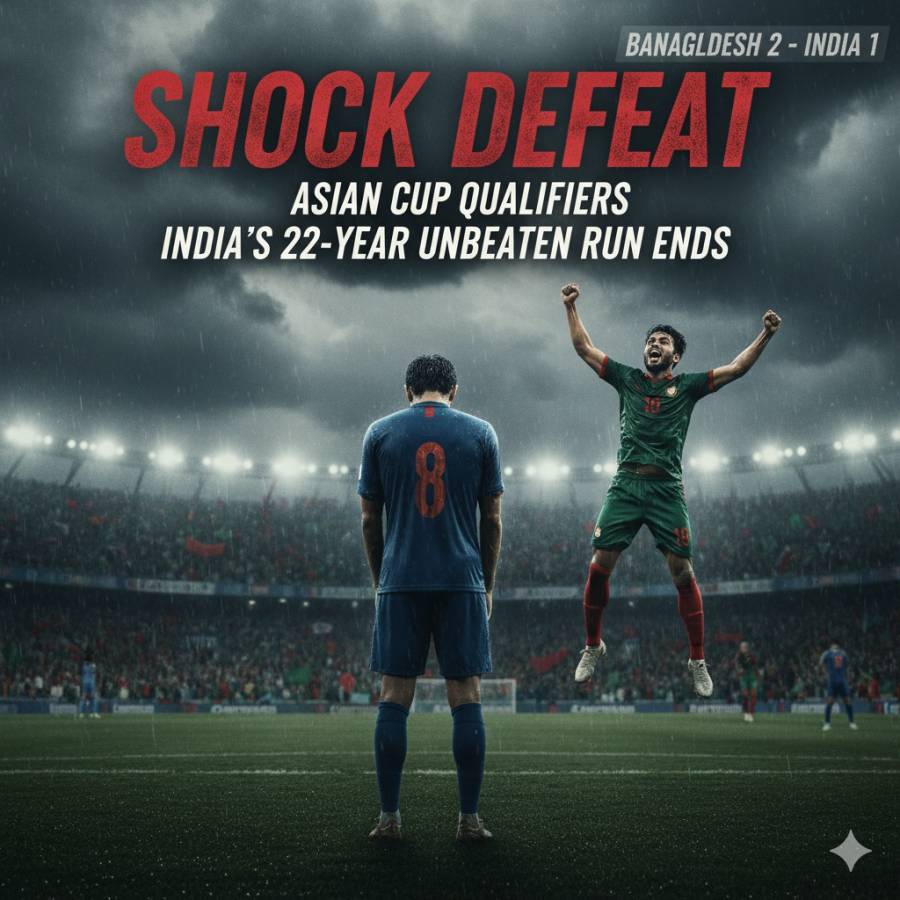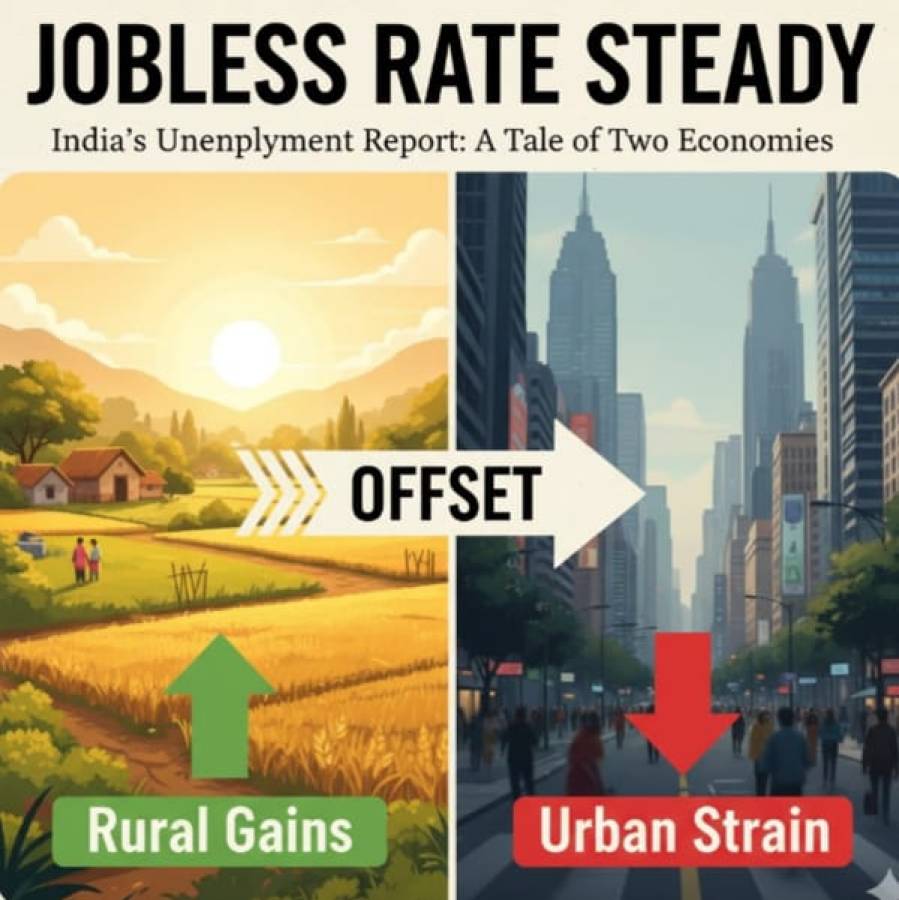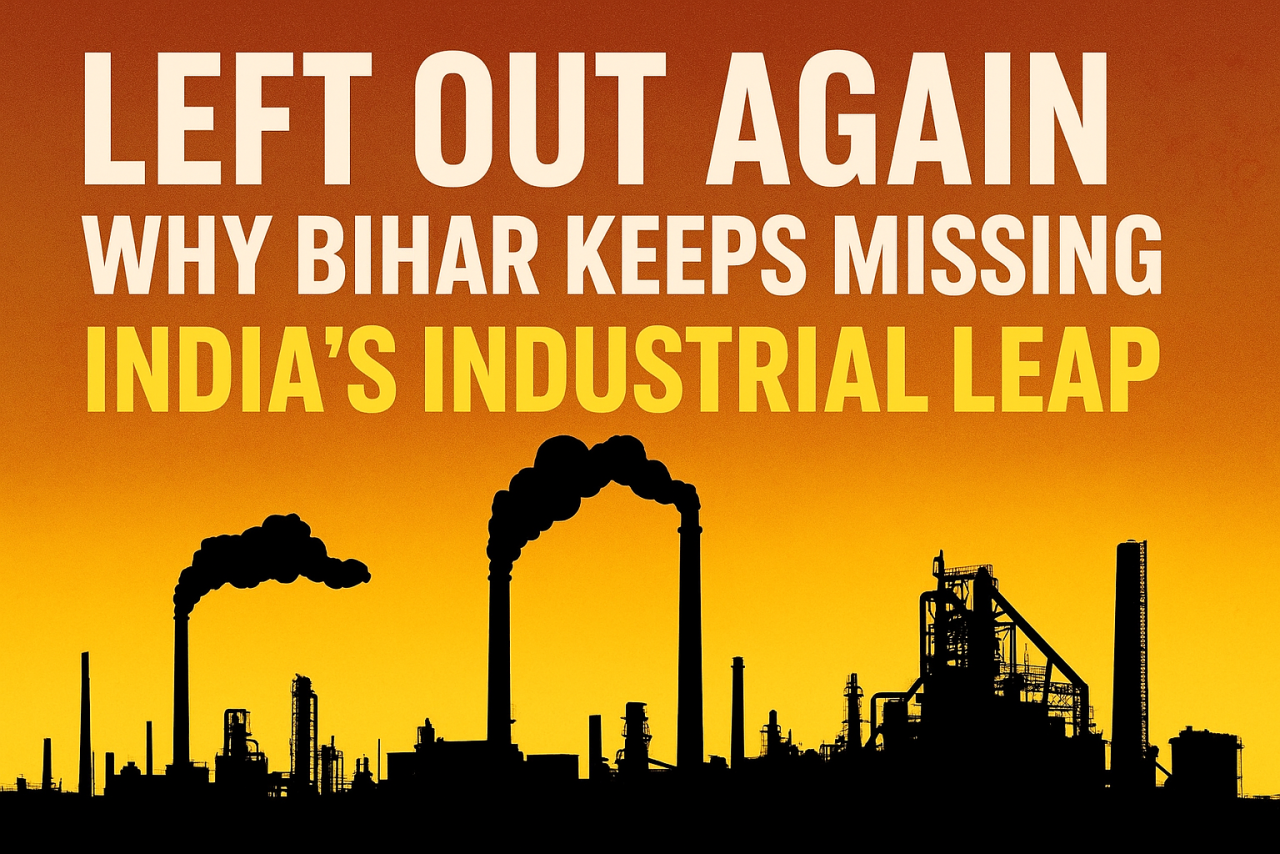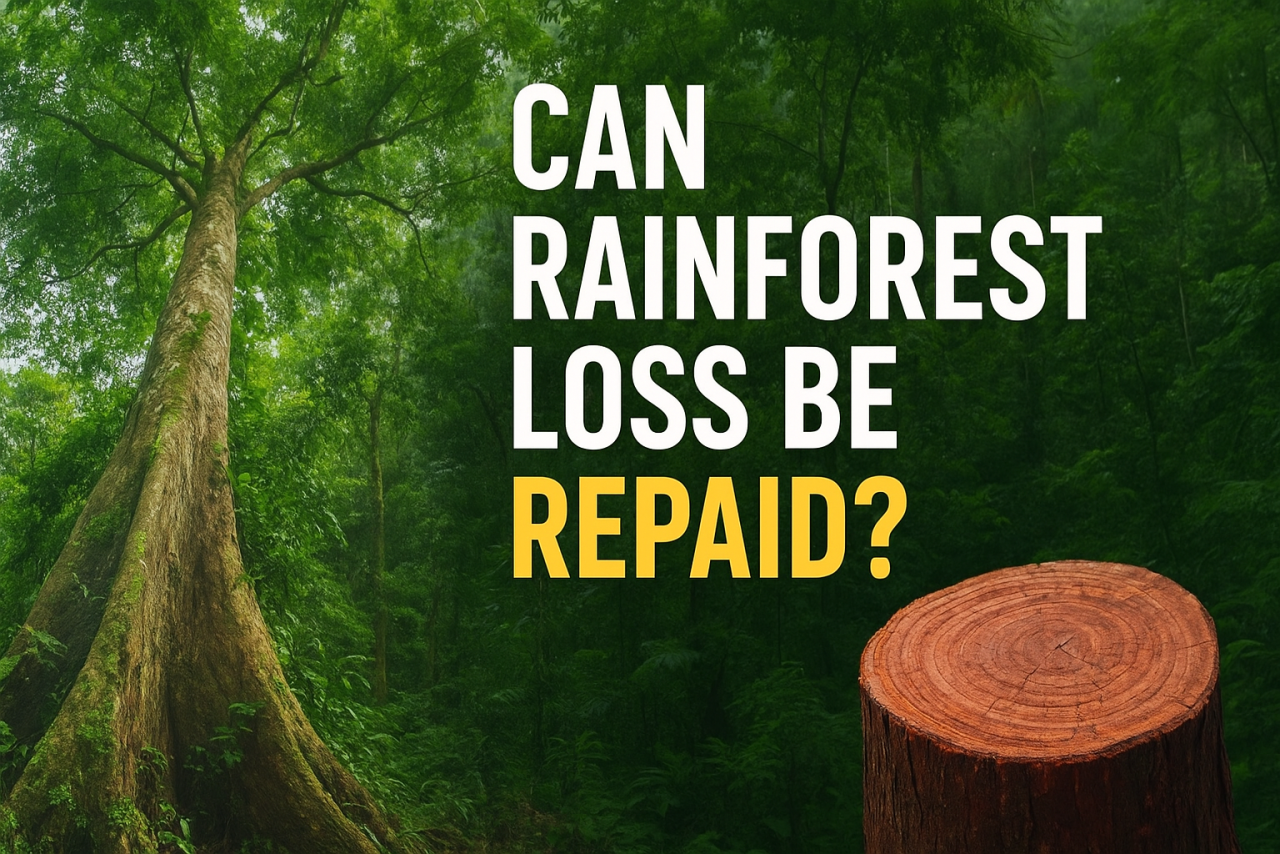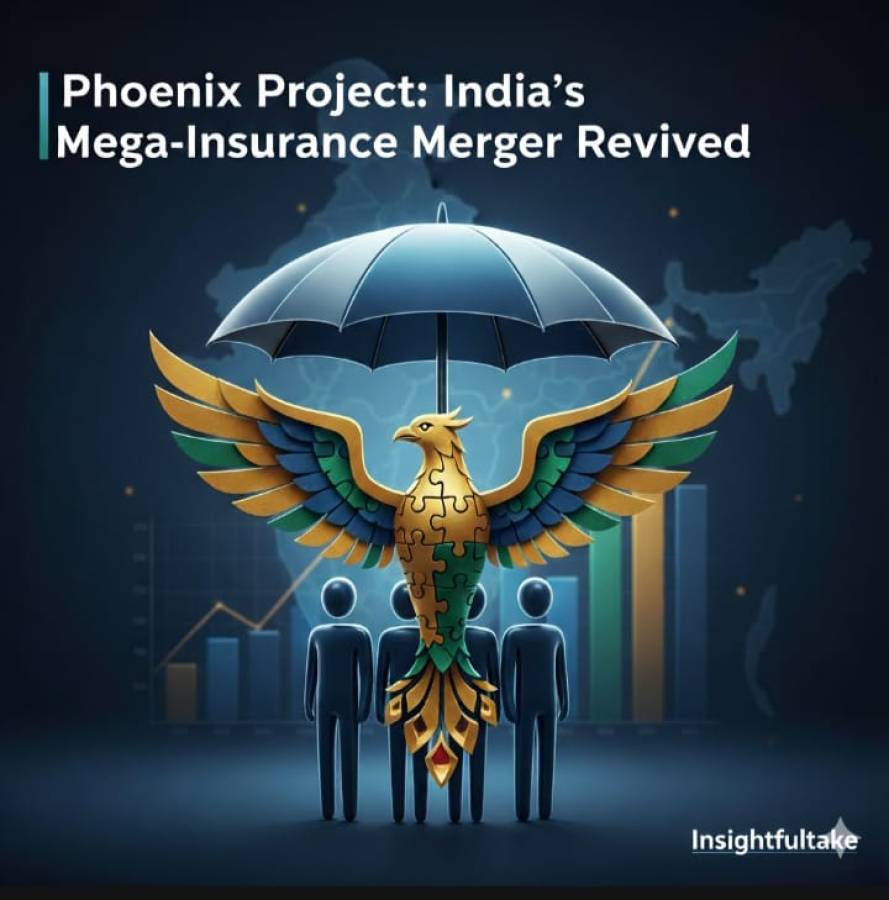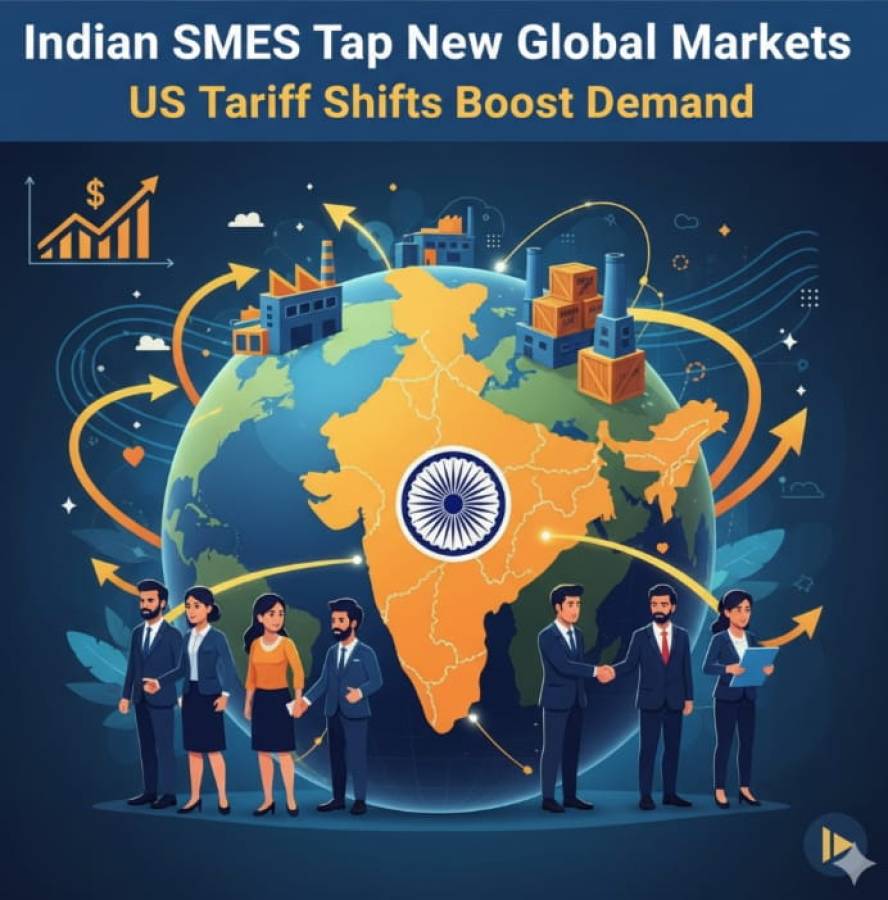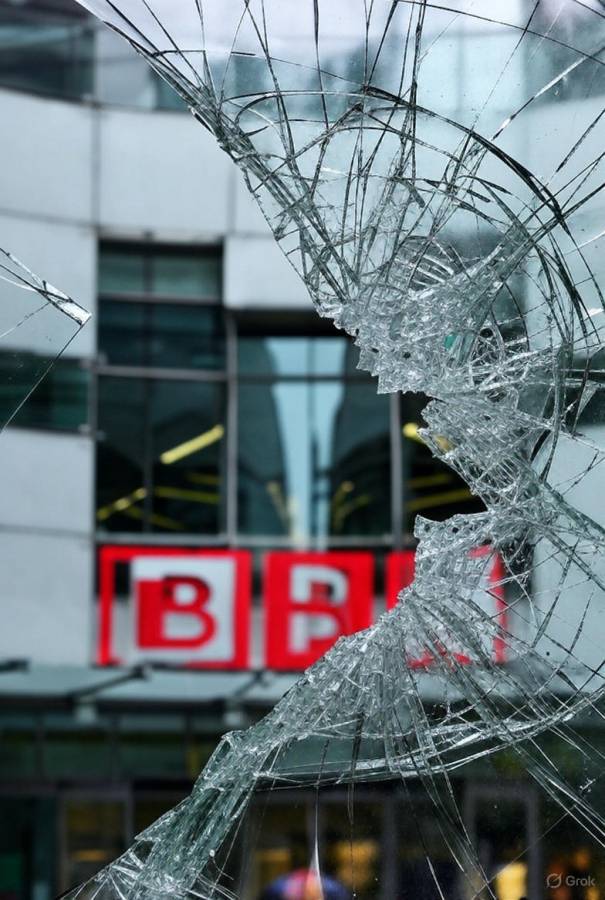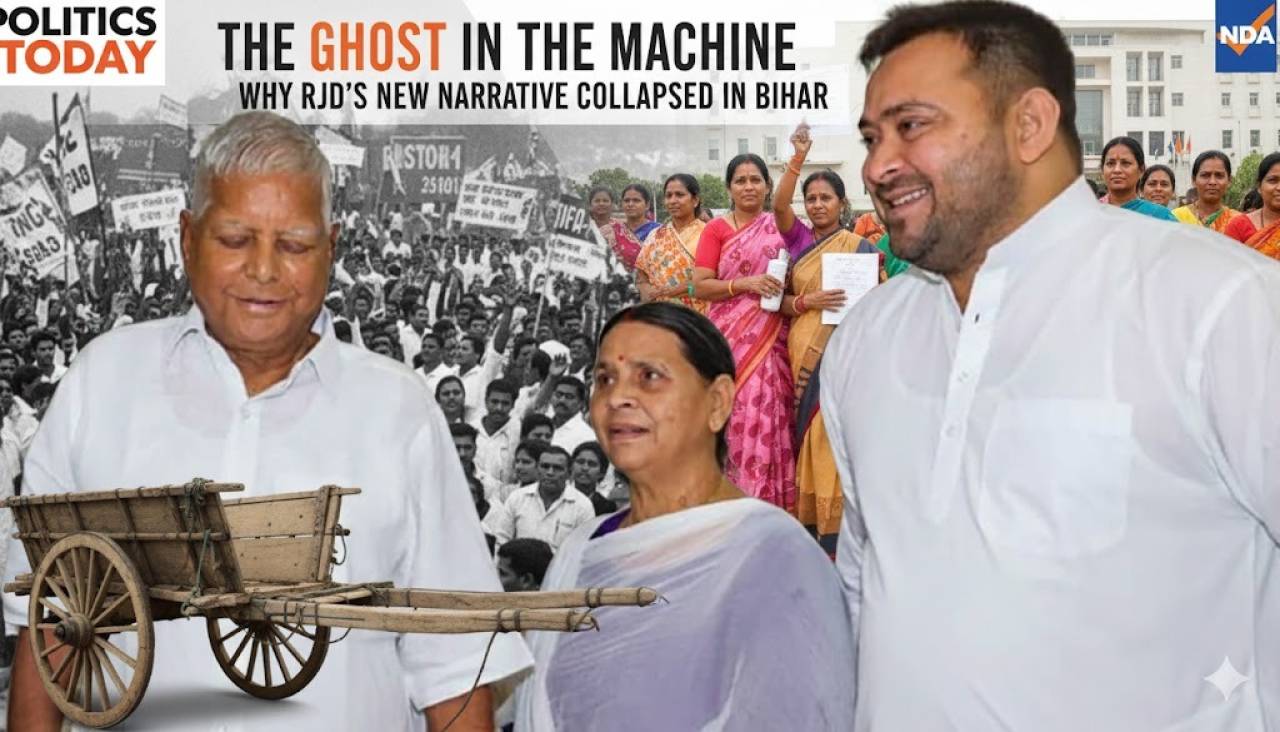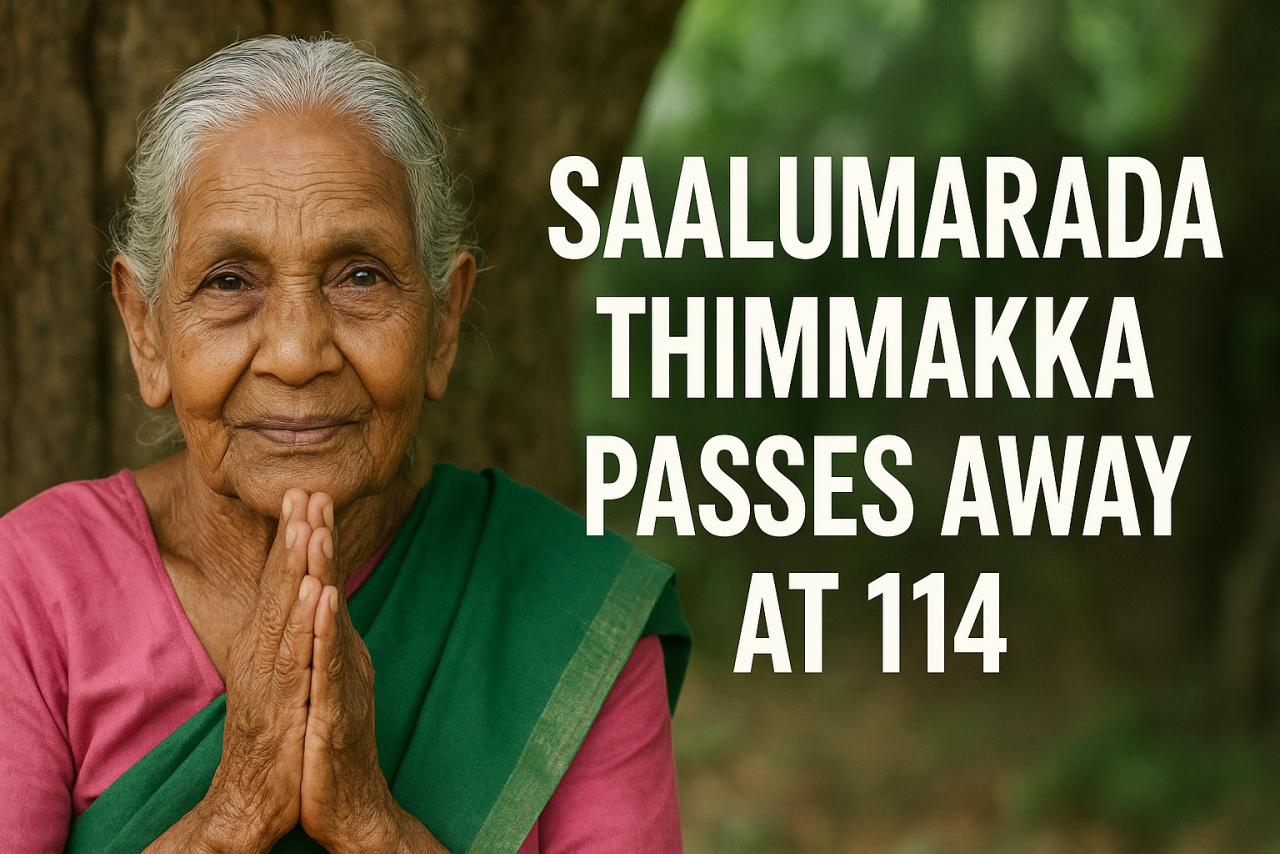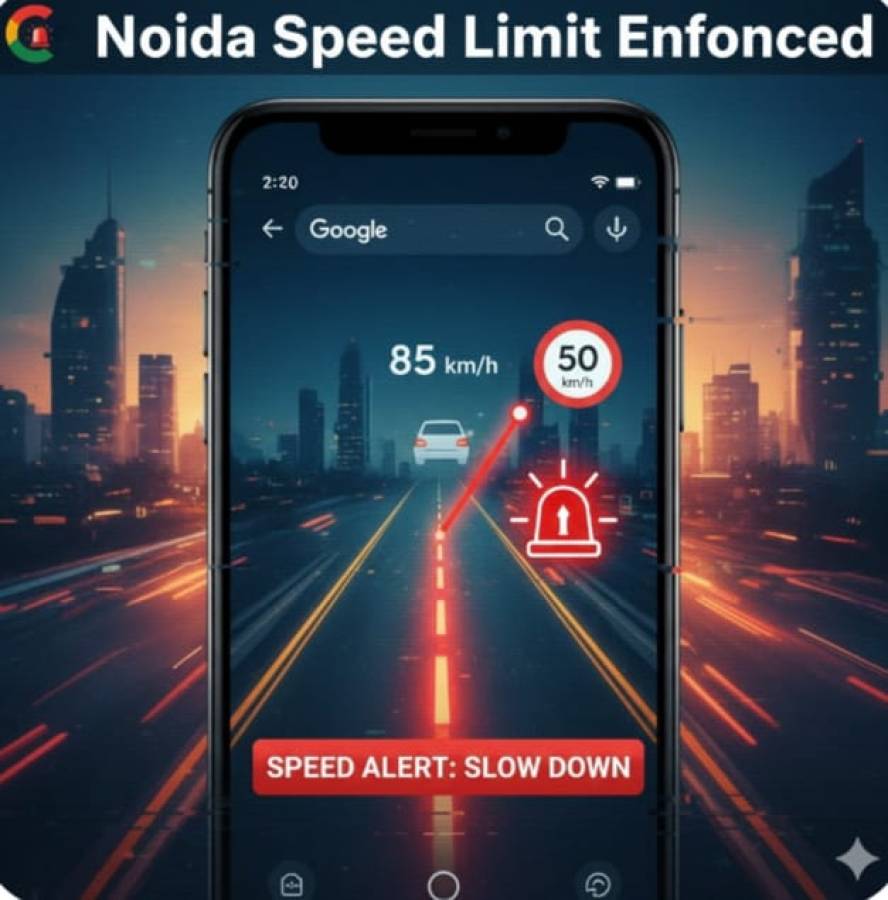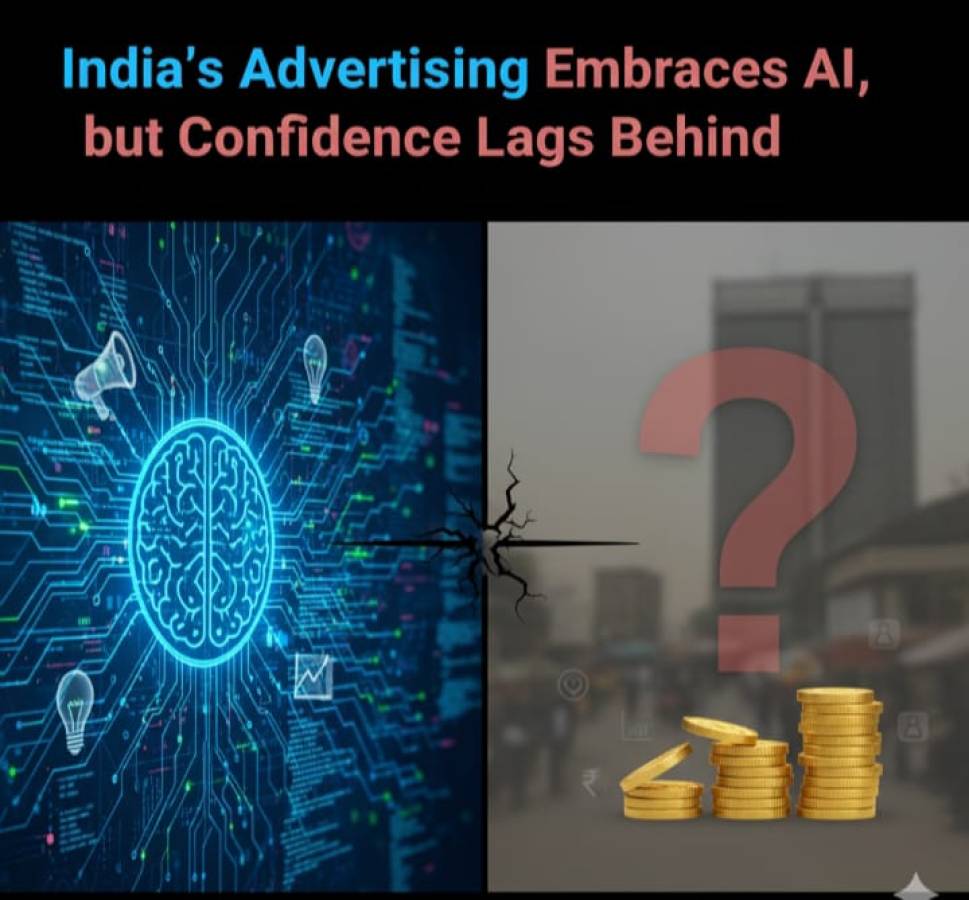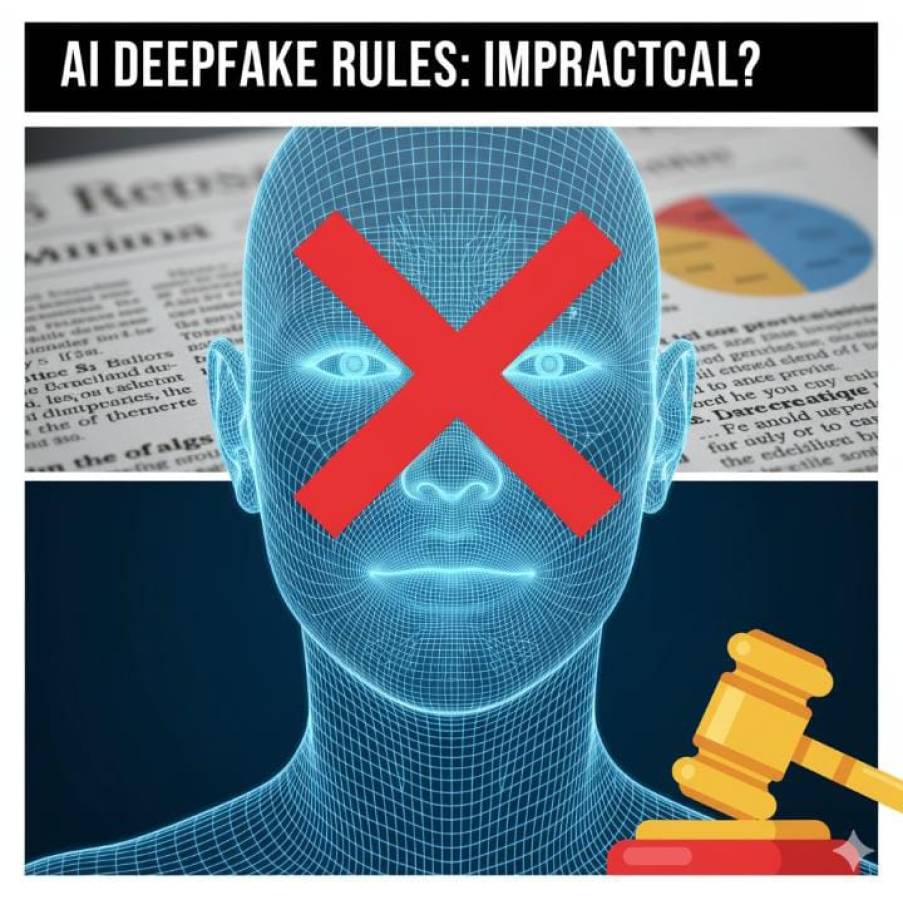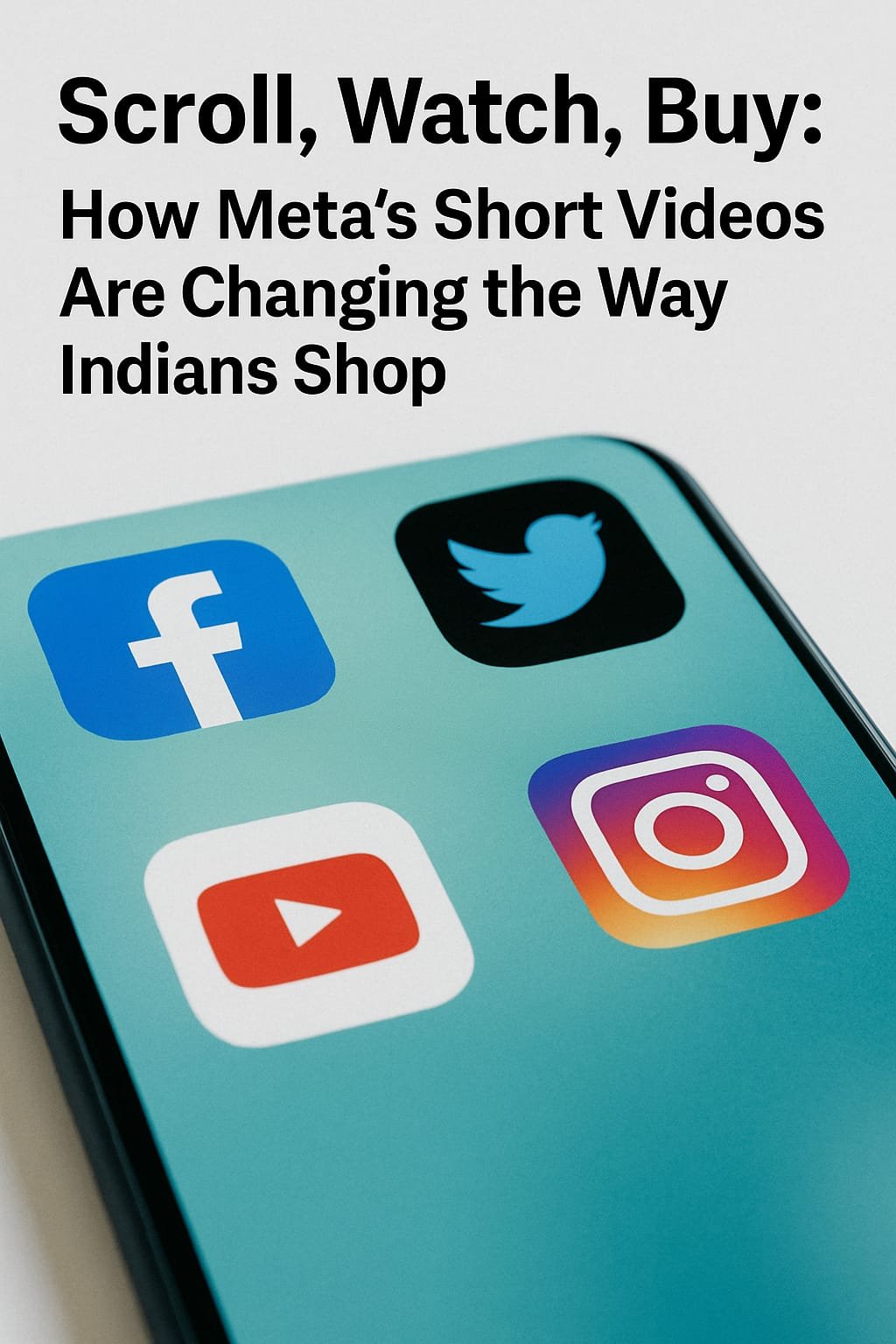
Scroll. Pause. Tap. Buy.
That’s increasingly the rhythm of retail for millions of Indian consumers. A few seconds of video, maybe a beauty influencer unboxing a serum or a tech blogger comparing phones, is now enough to set wallets in motion. From electronics to ethnic wear, shoppers are bypassing store aisles in favor of curated content on social media platforms. And at the center of this shift stands Meta, the company behind Facebook and Instagram.
A new report by Meta titled India Retail Purchase Journey offers a data-rich look at how short-form content is reshaping buying habits. Nearly 80% of Indian shoppers say they use social media for product discovery, with a staggering 98% of them relying specifically on Meta’s platforms. This isn’t just digital marketing. It’s digital decision-making.
From Scrolling to Spending
The study, based on 2,548 internet users aged 16 to 64, shows that Indians are increasingly merging their entertainment and shopping experiences. A reel is no longer just a distraction. It’s a product pitch. A story isn’t just a glimpse into someone’s day. It’s a buying recommendation.
This behaviour is particularly strong in high-ticket categories. For example, two-thirds of shoppers buying large electronics offline had done extensive research online first, mostly on Facebook and Instagram. This blend of online research and offline purchase is no accident. It’s called “showrooming” and it’s becoming the norm in India’s semi-urban and urban centers alike.
The New Storefront is Your Feed
Meta’s strategy is simple: turn content into commerce. And it’s working. The report reveals that in categories like luxury jewellery, electronics, and fashion, short videos have become the first point of contact between brands and buyers. Even if the final purchase happens in a store, the decision-making begins online.
This shift is helping small and large brands alike. As Arun Srinivas, Director and Head of Ads at Meta India, notes, “More shoppers are tuning omnichannel.” For brands, that means having a strong digital presence isn’t optional. It’s essential.
Data Drives the Difference
Meta’s influence in India isn’t abstract. It’s backed by sheer volume. With over 448 million monthly active Facebook users in 2024, India is Meta’s largest market globally. Instagram is also booming, especially among younger users in urban areas.
That scale gives Meta access to vast behavioral insights. It regularly releases reports on digital shopping habits, covering categories like fashion, beauty, electronics, groceries, and quick commerce. These aren’t vanity reports. They’re playbooks for how Indians are making decisions, comparing options, and ultimately pulling the trigger on purchases.
And it’s not just about discovery. It’s about influence. When a trusted voice on social media says a product works, audiences listen and buy.
Festivals, Footfall, and the Offline Edge
But if you think physical stores are obsolete, think again. Meta’s report points out that certain occasions still draw shoppers to showrooms. Footfall spikes during festivals like Karva Chauth and Valentine’s Day remind us that cultural and emotional triggers still matter.
Expensive categories also show a lingering preference for in-store experience. Jewellery, for instance, still benefits from the tactile appeal. Seeing the sparkle in person, feeling the weight. These are experiences a video can only suggest, not replicate.
This means India's $820 billion retail market is not swinging entirely in one direction. Instead, it's evolving into a hybrid model, one where the screen and the shelf coexist.
A New Kind of Shopper, A New Kind of Strategy
What we’re witnessing is not the death of traditional retail, but the emergence of a smarter, more informed consumer. They research on Instagram, compare prices across platforms, check influencer reviews, and then decide whether to buy online or visit a store. In either case, the first touchpoint is rarely the product. It’s the content.
And that’s the real story: Content is no longer marketing. It is the marketplace.
As brands scramble to adjust, the ones that succeed will be those that treat their reels and stories not as optional add-ons but as primary storefronts. For Meta, that means doubling down on data, creators, and commerce integration. For retailers, it means understanding that the future of shopping in India is not digital versus physical. It’s digital before physical.
Because in today’s India, the shopping cart doesn’t begin at the mall. It begins with a swipe.


